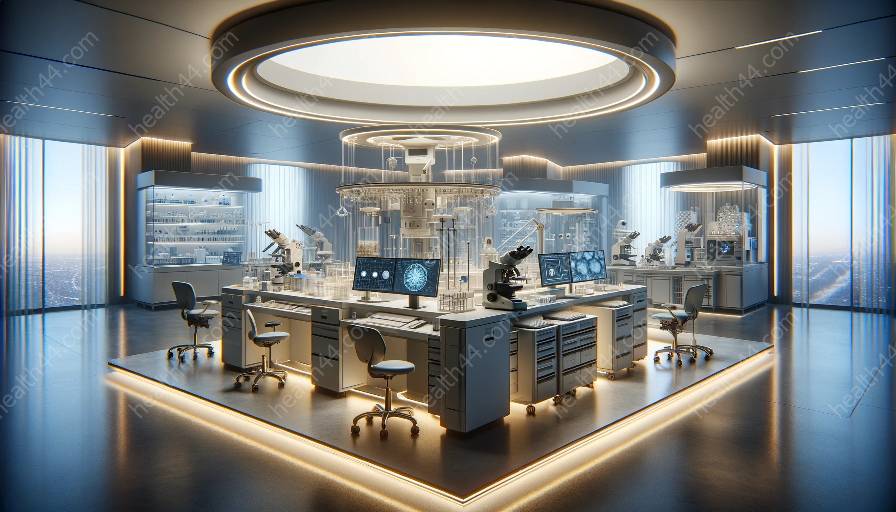Autoclaves are indispensable devices in both laboratory and medical settings, playing a vital role in sterilizing laboratory equipment and medical devices to ensure the safety and integrity of samples and instruments.
The Significance of Autoclaves
Autoclaves, also known as steam sterilizers, are pressurized devices designed to create a sterile environment by destroying microorganisms such as bacteria, viruses, and fungi on laboratory equipment, medical devices, and other materials. They are a cornerstone of infection control in laboratory and medical facilities.
Key Features of Autoclaves
Autoclaves are equipped with various features that ensure effective sterilization and user safety. These include:
- Pressure and Temperature Control: Autoclaves maintain precise pressure and temperature levels to eradicate pathogens and achieve sterilization.
- Automatic Controls: Many modern autoclaves come with automated controls for convenient operation and consistent sterilization results.
- Sterilization Cycles: Autoclaves offer various sterilization cycles tailored to the specific requirements of different materials, ensuring thorough decontamination without causing damage.
- Safety Mechanisms: Autoclaves are designed with safety features to prevent accidents and ensure the protection of users.
Applications in Laboratory Settings
In laboratory settings, autoclaves are used to sterilize a wide range of equipment and materials, including glassware, culture media, laboratory tools, and biohazardous waste. By eliminating microbial contamination, autoclaves support the integrity of laboratory experiments and ensure reliable research outcomes.
Types of Laboratory Autoclaves
There are different types of autoclaves tailored for specific laboratory needs, such as:
- Gravity Autoclaves: Ideal for sterilizing liquids and media, these autoclaves utilize gravity to remove air from the chamber before reaching the desired temperature and pressure.
- Vacuum Autoclaves: These autoclaves create a vacuum environment to facilitate enhanced steam penetration and sterilization of porous materials.
- Pre-Vacuum Autoclaves: Known for their rapid sterilization cycles, pre-vacuum autoclaves are suitable for sterilizing solid instruments and porous loads.
Role in Medical Devices and Equipment
Autoclaves are indispensable for maintaining sterility in the medical sector, particularly in healthcare institutions, clinics, and research facilities. They play a crucial role in sterilizing medical instruments, surgical tools, and equipment to prevent the spread of infections and ensure patient safety.
Advancements in Medical Autoclaves
With technological advancements, medical autoclaves have evolved to provide advanced sterilization capabilities while addressing the specific needs of healthcare professionals. Features such as automated cycle controls, rapid cycles, and validation systems have enhanced the efficiency and performance of medical autoclaves.
Maintaining Autoclaves
Proper maintenance and regular calibration of autoclaves are essential to ensure their functionality and effectiveness. Calibration verifies the accuracy of temperature and pressure readings, while routine maintenance activities, such as cleaning and servicing, help extend the lifespan of autoclaves.
Quality Control and Compliance
Adhering to regulatory standards and quality control measures is critical in the operation of autoclaves. Facilities must follow strict guidelines to ensure that autoclaves are properly validated and maintained to meet industry and regulatory requirements.
Conclusion
Autoclaves are integral to maintaining sterility in laboratory and medical environments, serving as vital tools in preventing contamination and ensuring the safety of professionals, patients, and research outcomes. As technology continues to advance, autoclaves will remain essential in upholding the highest standards of sterility and sanitation in laboratory and medical settings.


